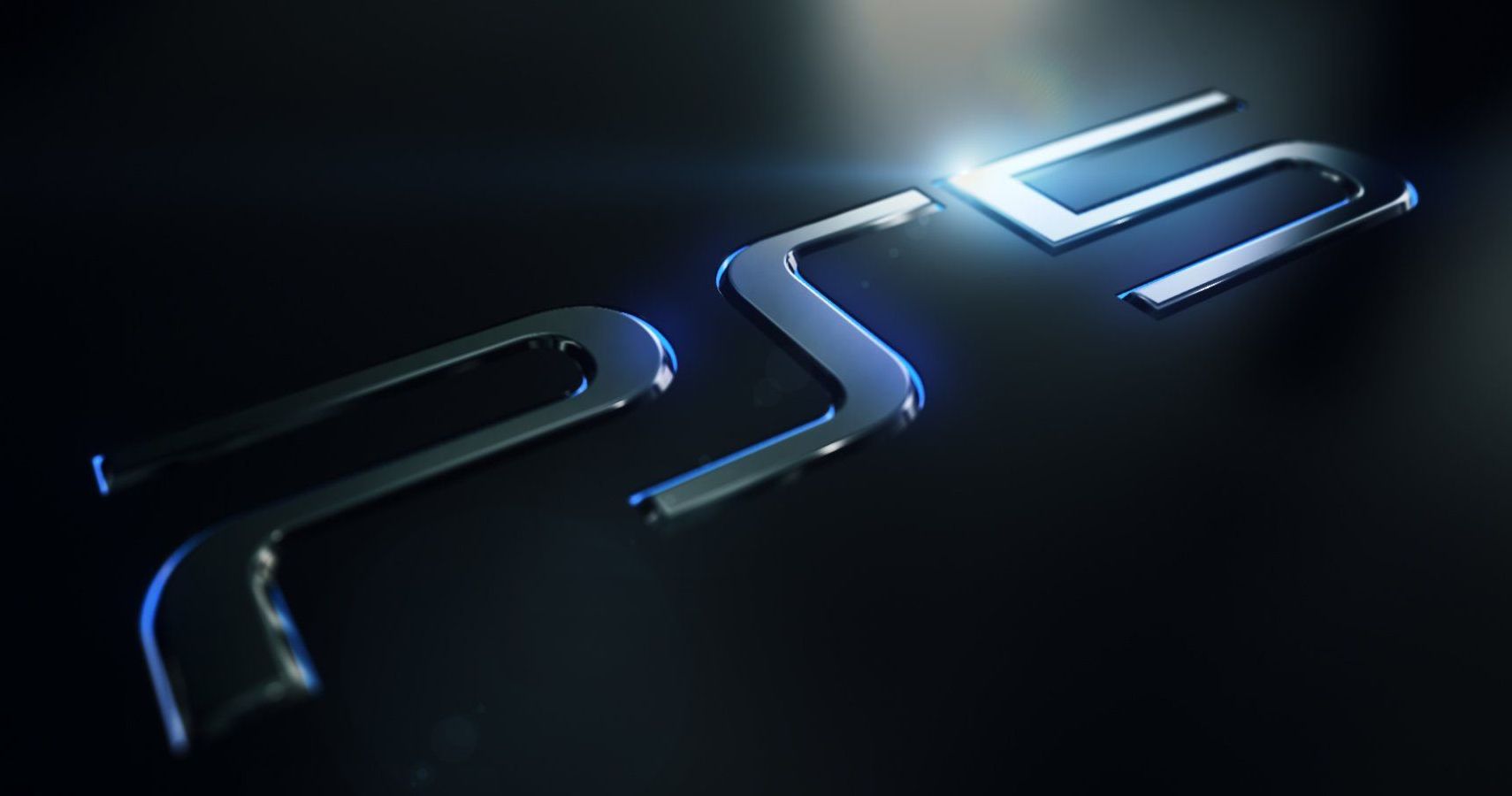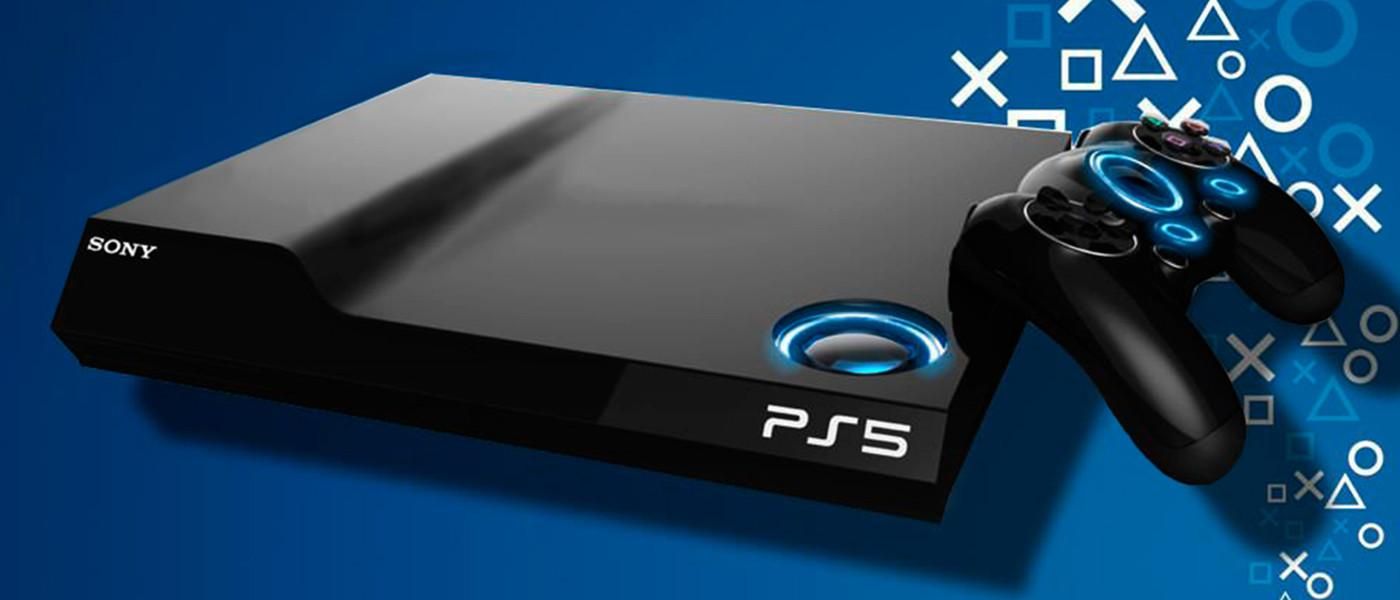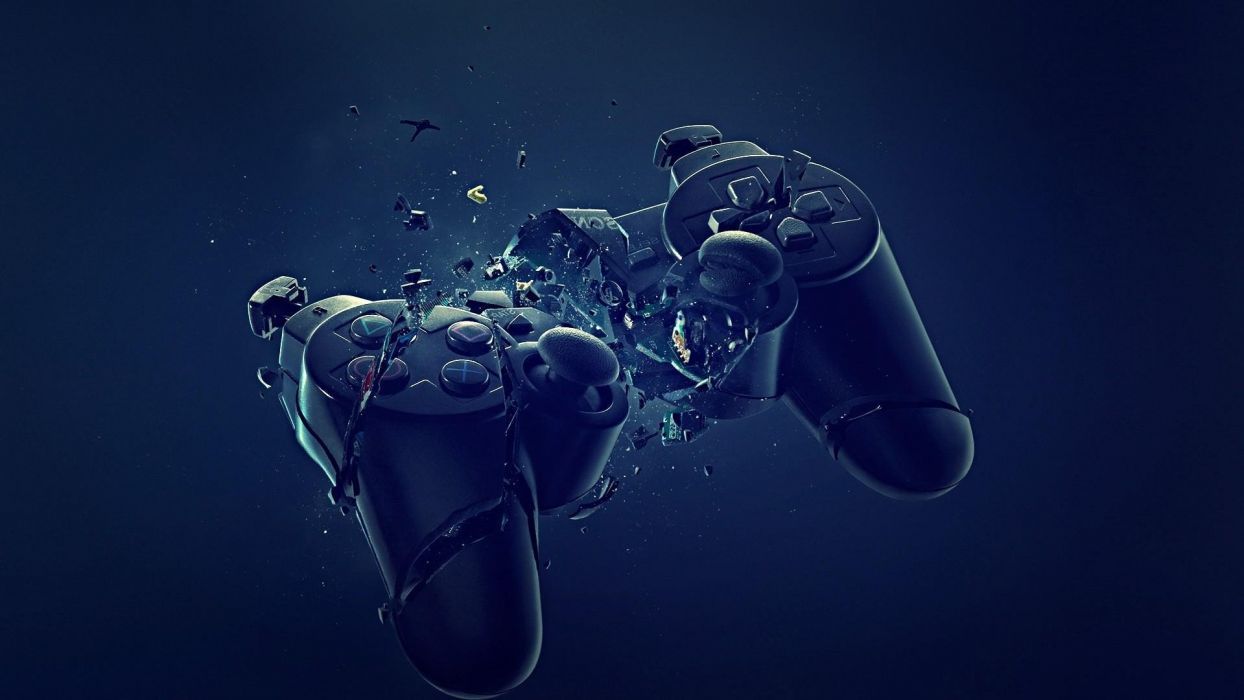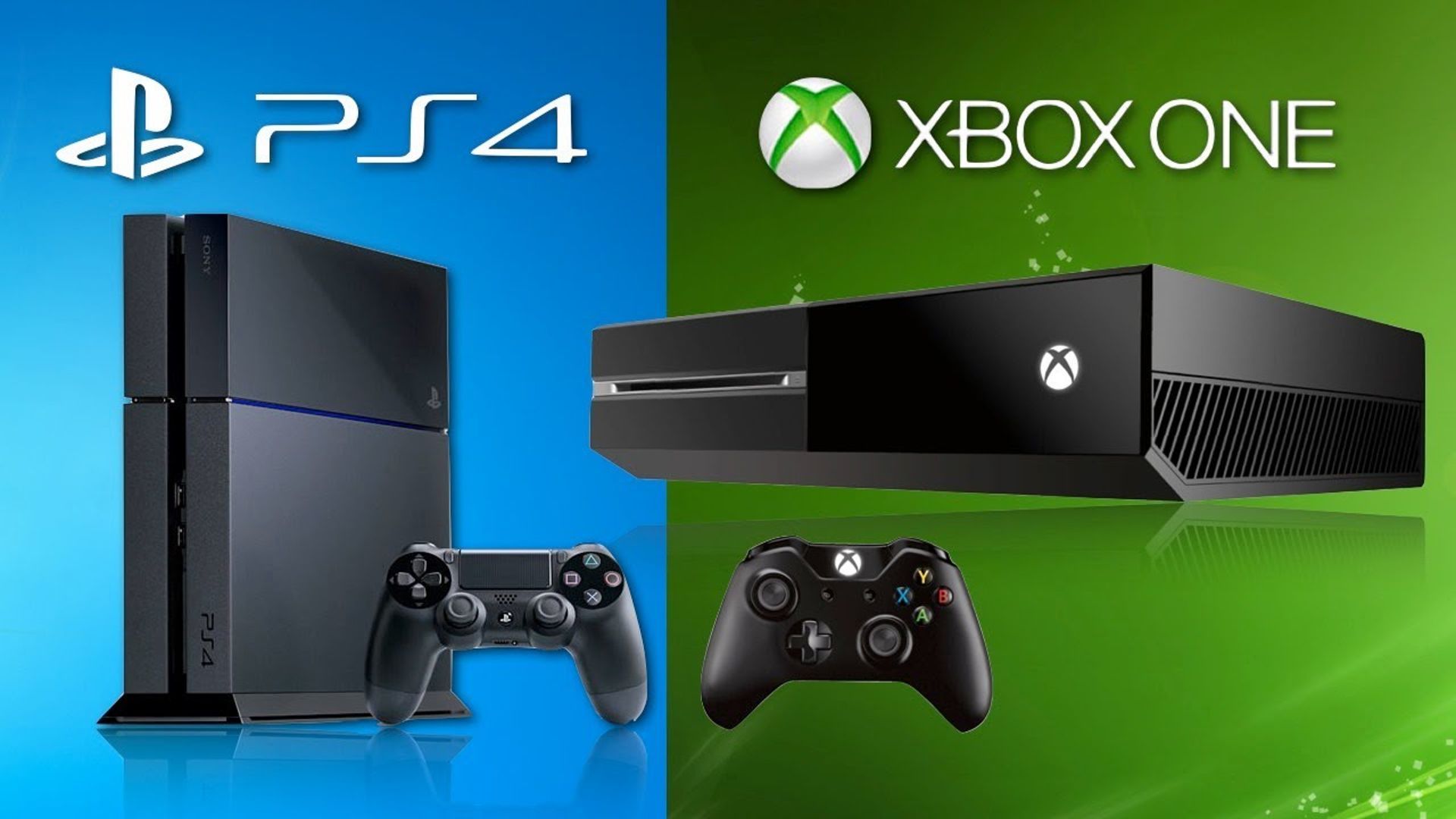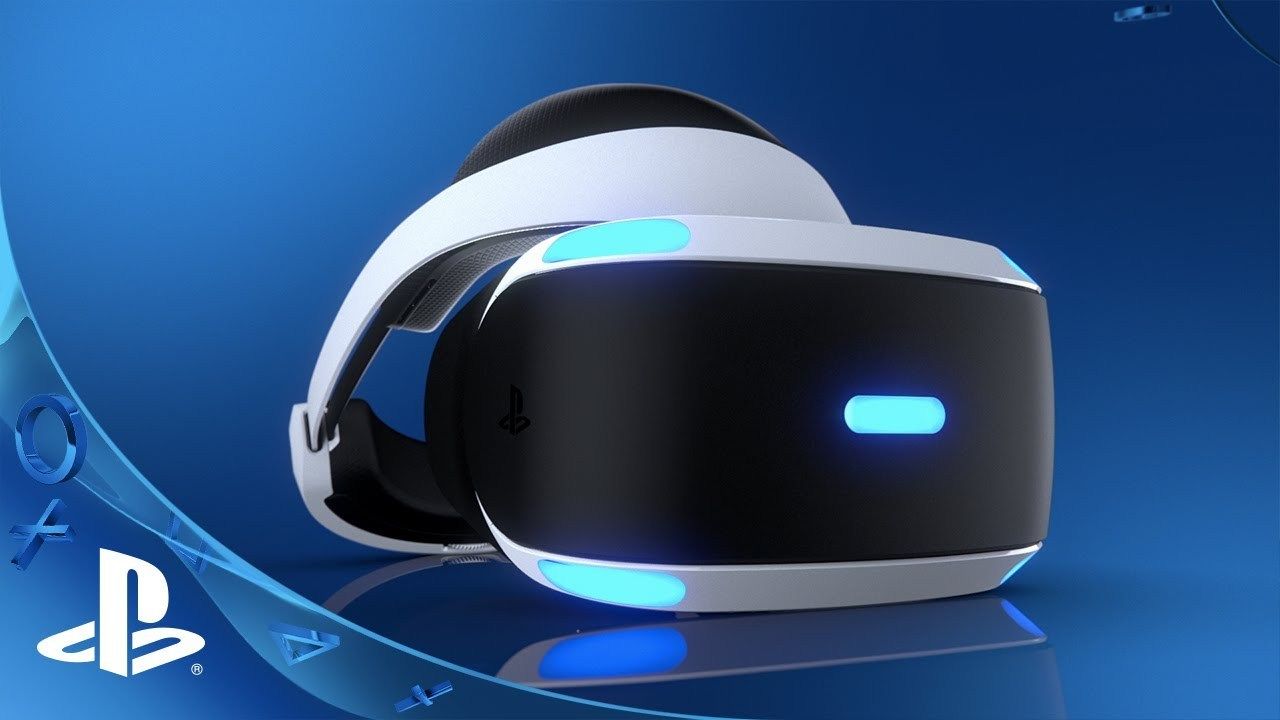With Sony’s notable absence at this year’s E3, it is only a matter of time before we see an official reveal of the successor to the PlayStation 4. We already have a good idea of what Microsoft will be bringing to the next console, and here is everything we expect to see in the PlayStation 5.
What we know so far about the PS5
According to Sony, the PlayStation 5 will use an AMD chip with its CPU based on the third-generation Ryzen, and will have a total of eight cores of the seven-nanometer Zen 2 microchip. The console will offer 8K gameplay, but one needs a television capable of handling that.
There will be a disc drive included, which sounds obvious, but the point was necessary to make after the release of the Xbox One S All-Digital Edition, which does not contain a disc drive and requires all purchases to be digital.
Storage will utilize a Solid State Drive (SSD) which should cut load times down significantly, and environments should render more quickly than we see now.
Current Issues With The PS4 That Should Be Fixes For The PS5
The old design of the PlayStation controllers is in need of an overhaul. The current controllers often do not stand the test of time and feel as though they break more often than Xbox One controllers. Battery life also seems to be a glaring issue, which should be the furthest thing from one’s mind when playing games.
Noise is either non-existent, or reminiscent of a jet engine. Some PS4 consoles seem to be whisper quiet, and others are so loud that one wonders if the console is going to have some sort of meltdown from the inside. First generation versions of the PS4 are often worst for this, and it would be great to see the issue addressed at the launch of the next generation console.
Additional features we want to see added
It would be fantastic to see continued remote play support for the now discontinued PlayStation Vita, though that would only benefit a small proportion of players and may not be a priority for Sony.
Cross-play is a feature that would be especially useful and pro-consumer, but Sony has dragged their feet in this regard. On the one hand, they have sold so many units compared to the Xbox One and Nintendo Switch that they likely see cross-play as only assisting others with little benefit to themselves. On the other hand, games like Dauntless have benefited greatly from cross-play across multiple consoles like the Xbox One, PlayStation 4, and PC (later this year, they'll be adding support for the Nintendo Switch as well). The feature helps prolong games by keeping the multiplayer user bases larger than they would be on a single console, and in itself should be reason enough to support the feature.
Finally, a second SATA slot would be an interesting inclusion as well. Imagine bringing home your new PlayStation 5 and then inserting the hard drive from the PlayStation 4. All of your old content would be ready to go without having to download anything, nor would it take up any space from your new SSD drive.
Backwards Compatibility is a feature that is not only demanded by consumers, it is one that Sony needs to ensure is included to stay relevant in the market. That might sound like a bold claim considering that Sony has shipped over 100 million consoles worldwide, but it is something that consumers have been requesting for far to long.
This is especially true because the current version of the PSVR has already been confirmed to be forwards compatible and being able to continue playing the games one currently owns seems like an obvious advantage.
More importantly, we are about to dive headfirst into the era of streaming games, and we do not yet know how much this will impact the market. The Google Stadia will be the first to test the waters, and Microsoft’s Project xCloud will make its own splash later and is likely to be far more impactful. Once xCloud takes off, the idea is to provide consumers with access to every single game made across its three consoles, which amounts to over 3,500 titles. If Sony cannot compete, the next console may struggle to find a home.
Conclusion
For now, we are left to speculate about what the PlayStation 5 will offer. Given Sony’s success with the PlayStation 4, there may not be much need to innovate to keep its strong consumer base, but that does not mean that there is not room to improve.

